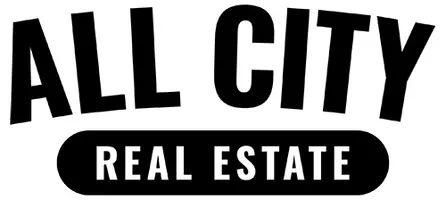
What You Need to Know About Seller Disclosures
Selling a home can be tricky, and there are a lot of important details to consider. One key aspect of the process is seller disclosures. Seller disclosures are documents that the seller must fill out and provide to potential buyers prior to the sale of a property. These documents provide informatio

What Home Buyers Need to Know About Earnest Money and Option Periods
What Home Buyers Need to Know About Earnest Money and Option Periods When you’re buying a home, there are two concepts you’ll likely encounter during the process: earnest money and an option period. But what do they mean? How are they different? And how do they fit into the home-buying puzzle?

Decorating Your Christmas Tree: 3 Styles to Try Out This Year
The holiday season is upon us, and with that comes the challenge of finding the perfect way to decorate your Christmas tree. Whether you prefer modern, traditional, or something in between, we’ve got you covered with three stylish tree decoration options that are sure to make a statement this year.
Categories
Recent Posts










